If you ever find yourself in Ghana and don’t explore Accra—you’re only getting half the story.
If cities had soul songs, Accra’s would be something like a mashup of ancestral drums, revolutionary chants, and the bassline of a tro-tro radio blasting Highlife early in the morning. You don’t come here just to “see the sights.” You come to feel something. History under your feet. Heat on your neck. The electric promise of a place that remembers where it came from and dares you to look closer.
A Brief History of Accra
Long before the traffic and high-rises, Accra was home to the Ga people, who settled the coastline in the 15th century. They named the area "Nkran," or ‘ants’ because of the countless anthills dotting the land. Neighborhoods like Jamestown, Bukom, and Chorkor grew out of fishing and farming communities— still holding their cultural grit today.
Ga traded from the coast with the Portuguese, who later became colonisers, building a fort in Jamestown. That didn’t last for too long—locals burned it down in 1576. Unfortunately, it didn’t stop others from trying. Soon, the British, Dutch, Danish, Swedish, and French all threw their colonial hats in the ring. Accra became a hotbed for gold, trade, and tragically, the transatlantic slave trade.
By the 17th and 18th centuries, forts like Fort James, Christiansborg (now Osu Castle), and Ussher Fort laid the foundation for today’s Accra. Each fort slowly ‘carved out’ neighborhoods still at the core of the city’s identity.
In 1877, the British made Accra the capital of the Gold Coast. By 1957, Ghana had finally claimed independence—the first Sub-Saharan African nation to do so.
What Is Accra Like Today?
Modern Accra is a blend of old soul and fast beat. Picture open-air markets bumping up against high-rise hotels. Street vendors selling roasted plantains on the roads or outside art galleries. It’s organized chaos. And it works. You feel Accra, as you walk through, on every step. You feel it in its murals, in the Sunday Highlife playlists, the crowded tro-tros, and the aroma of jollof in the air.
Top Places to See in Accra
Kwame Nkrumah Mausoleum and Memorial Park
Built to honor Ghana’s first president, this marble-clad monument features an upside-down sword design—an Akan symbol for peace - with a black star at its apex, to symbolize unity. Alongside Kwame Nkrumah Mausoleum, you would also find the mausoleum of his wife. The surrounding park is peaceful, dignified, and kept to perfection, reflecting on Ghana’s independence journey.
Labadi Beach
Accra is high tide and high energy and Labadi Beach is the city’s favorite escape. Expect horse rides, drumming circles, Afrobeat concerts, and the best “people-watching” session on this side of the equator. Come for the vibe, beach, grilled tilapia and music.
National Museum of Ghana
If you want to understand Ghana’s cultural depth—The National Museum offers an intimate, accessible look at the country’s artistic and historical lineage. We are talking about a unique collection of pre-colonial artifacts to, fine art, contemporary art and ethnographic objects.
Osu Castle
Once known as Fort Christiansborg, this seaside fortress has been everything from a slave-trade post to a seat of government. Today, it is a heavy yet vital reminder of Ghana’s colonial times and history. Pro tip: Take a guided tour—this is one of Accra’s most sobering sites. This UNESCO World Heritage Site should be on your must-visit list in Accra.
So, Why Visit Accra?
Because Accra is a dialogue between past and present. It will keep telling its story through monuments, street sounds, music, and conversations with strangers over spicy waakye.

Hey, I’m Madi, a travel blogger and photographer based in Adelaide, Australia. I’ve been writing travel blogs for many years, sharing my experiences and traveling tips with the world. Of all the places I’ve been to, Istanbul has my heart <3

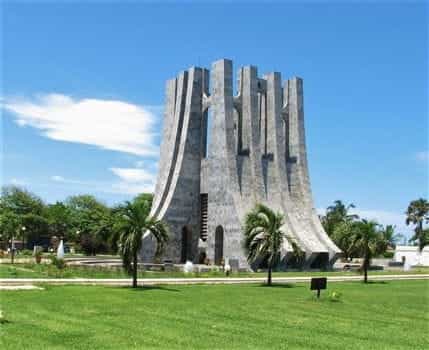




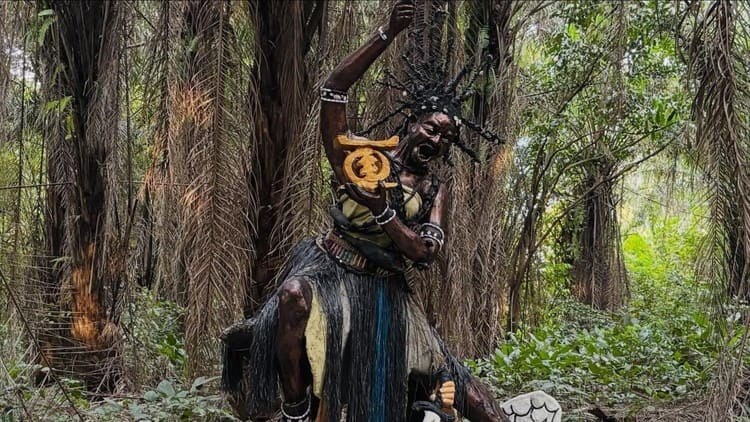
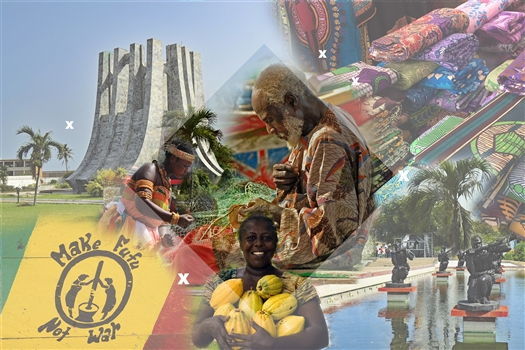
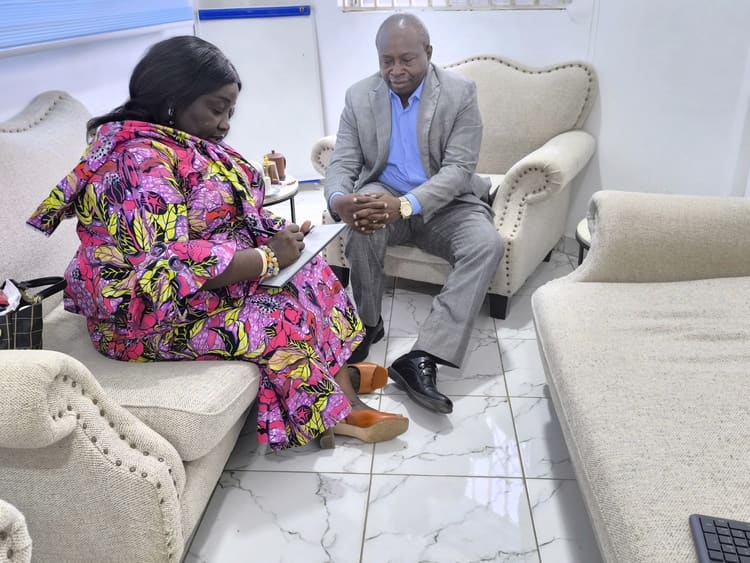
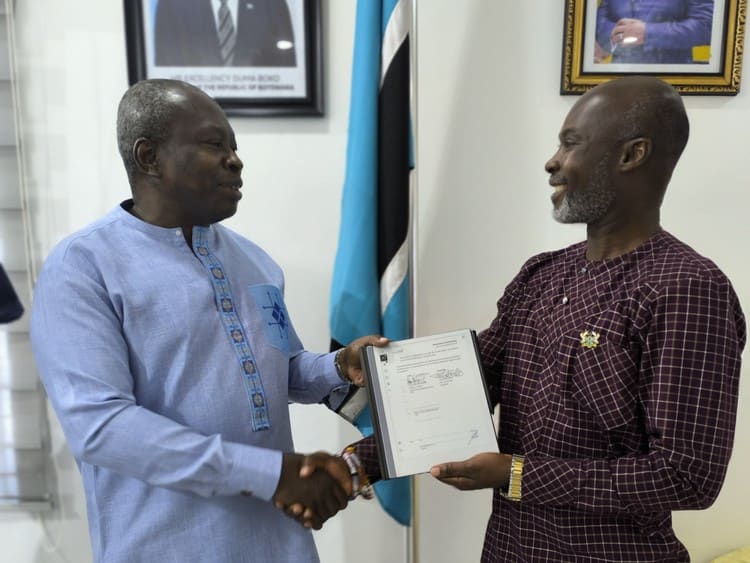
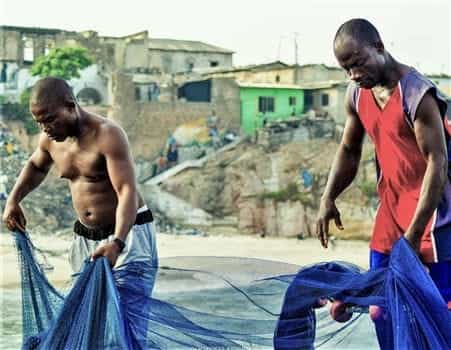
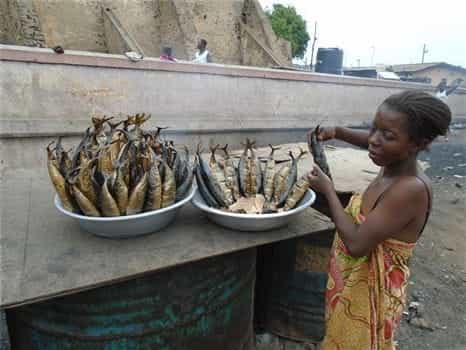
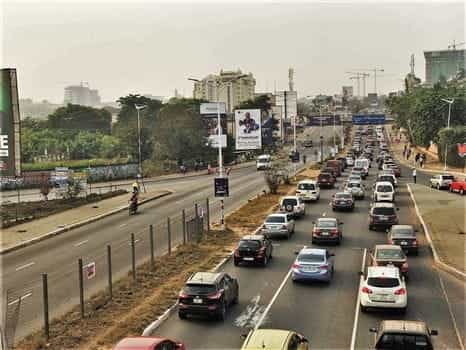
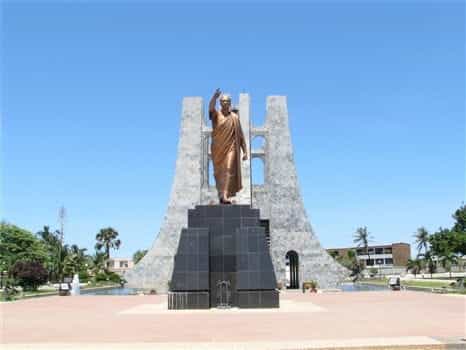

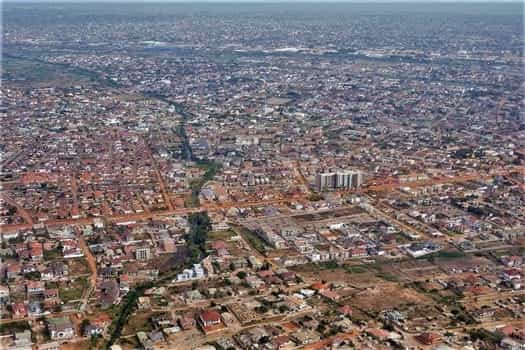
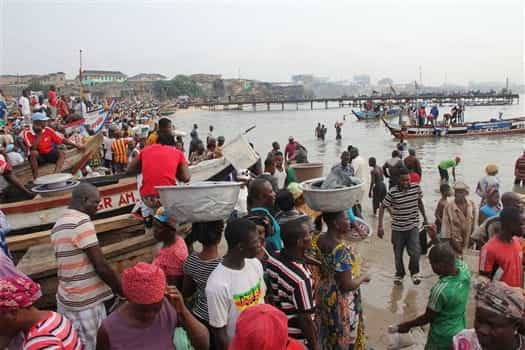
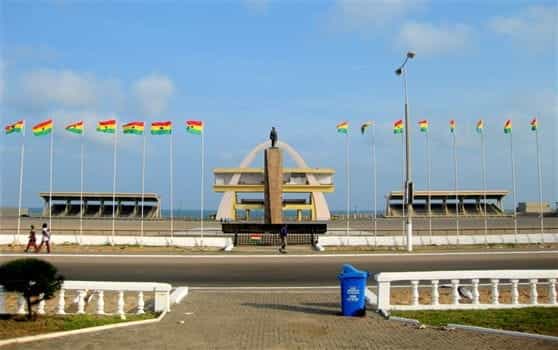
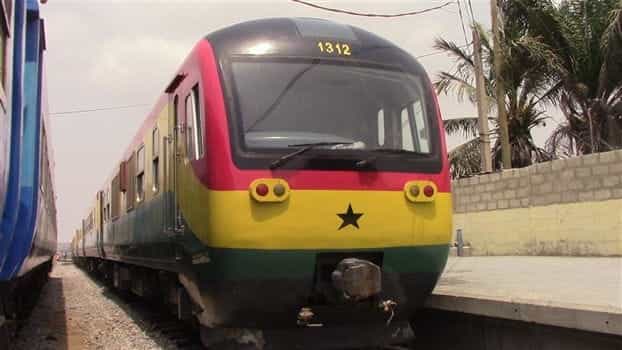


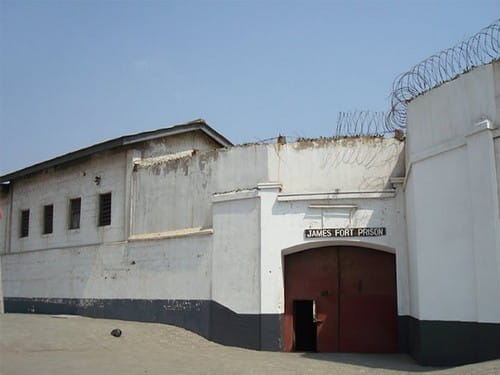


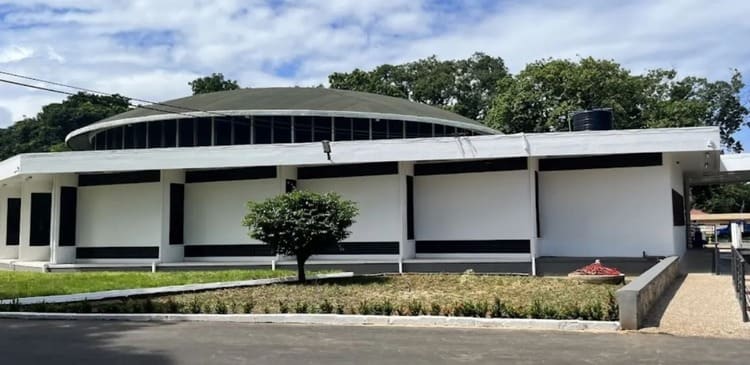








Comments